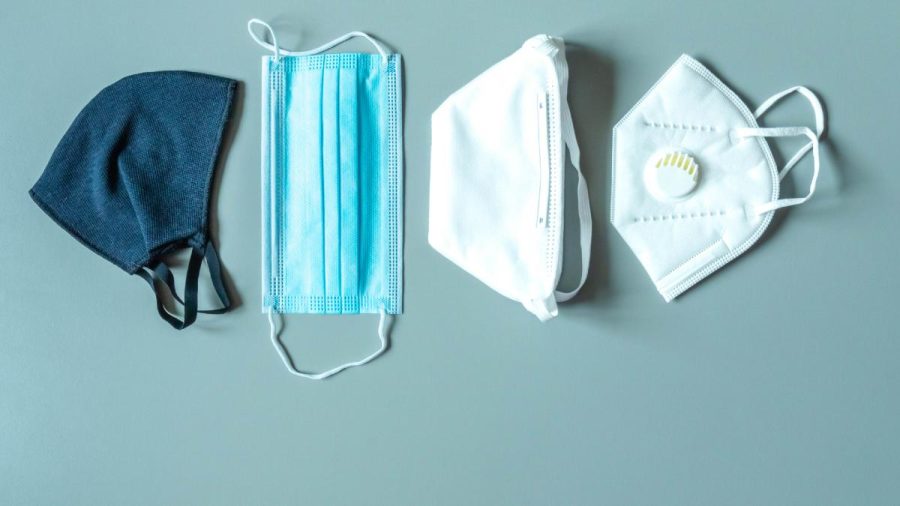A guide to the most effective masks
Photo by Atrium Health
As the infectious Omicron variant spreads and new CDC guidelines are released, it is important to know how to best protect yourself. Masking may not completely eliminate your chances of contracting the virus, but it does help decrease the transmission of harmful particles.
With this in mind, here is my list of masks that are highly effective ― and some that are not.
N95 respirators are the safest face covering. The dense polypropylene fibers and material production process make the mask 10 times more effective in capturing particles. The mask also creates a tight fit, leaving no gaps between the mask and face. Because of this, N95s filter 95% of air particles and block your own respirations. N95s are certified by the National Institute of Occupational Safety and Health, meaning they meet standards regarding efficacy in the U.S.
KN95 and KF94 masks are the next best option. Made of nonwoven mats of thick and thin fibers, the porosity of these face coverings is very low, meaning few particles can enter. They are manufactured through the same process as the N95s, but small air gaps decrease their ability to block as many particles as N95s. KN95s are certified to meet standards in China, while KF94s meet Korean requirements.
The third best mask option is the most accessible of the three, but offers less protection. Surgical masks block large-particle droplets, splashes, sprays or other fluids that may contain germs. They prevent particles from reaching your mouth and nose and reduce the exposure of your saliva to others. However, the loose fit does not provide complete safety. The CDC recommends a 3-ply medical-grade face covering.
What about cloth masks? While fabric face coverings are better than nothing, they only filter very large droplets. Most of these masks have large pore sizes ranging from 80-200 micrometers, while the COVID-19 virus is about 0.12 micrometers. This means that even the best cloth masks cannot adequately stop the virus from passing through. Experts say it is better to wear a 3-ply medical mask with a cloth one over it.
The worst face masks are bandanas, gaiters, and masks with valves. Bandanas are open at the bottom, allowing air to enter and escape, gaiters are too thin to adequately filter particles, and masks with valves allow your exhalations to escape into the air.
Choosing a high-quality mask not only helps protect you from contracting COVID-19, but also protects others from your own germs. The best ways to reduce your chances of getting or spreading COVID are to stay home when possible, social distance, get vaccinated, and of course, wear a mask.
Alyssa is a sophomore at Naperville North and is looking forward to her first semester with The North Star as a staff writer. She hopes to develop journalistic...






